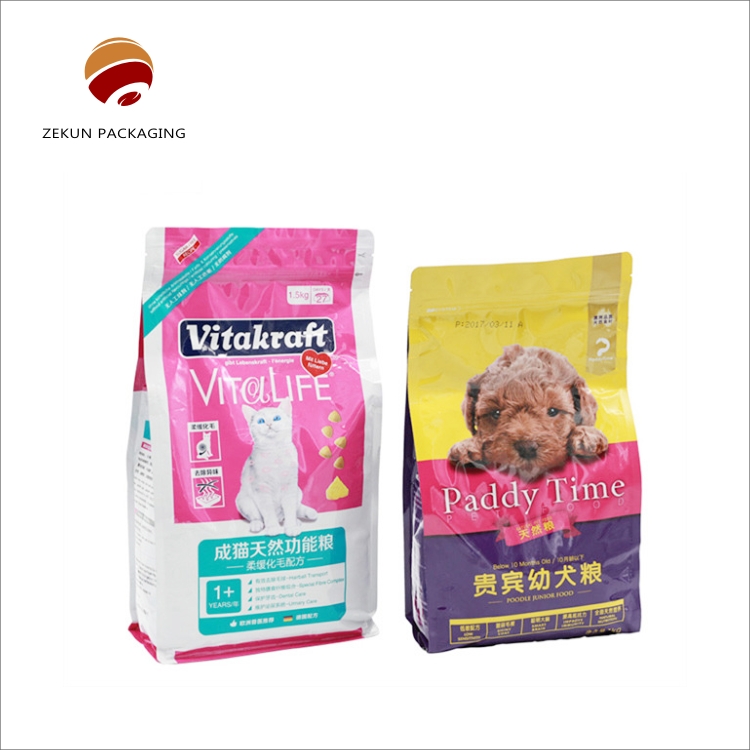
The Food Hygiene Law stipulates that fixed-packaged foods must be marked on the packaging label or product manual according to different products in accordance with the regulations: product name, place of origin, factory name, factory address, contact information, production date, batch number or code, specification or weight, etc., Formula or main ingredients, shelf life, eating or using methods, etc. Production license number, sanitation license number, if there is system certification, also mark it, and implement the standard number.
The information printed on the food packaging bag strictly implements the Food Safety Law. As long as the food is purchased in a regular store, the information on the packaging bag has great reference value. Through the pre-sale packaging information, we can see the nutrient composition table, the weight, the manufacturer’s sc standard implementation standards, etc. In order to accurately grasp the information on food packaging bags, we can have a better user experience. For example, a dieter can judge whether it is a polysaccharide and high -calorie food according to the nutritional composition table on the packaging bag in order to choose a suitable product. In other words, they have achieved their goal of losing weight and have enjoyed delicious food.
Food packaging bags commonly used in life bring convenience to our lives, but there are also some information that must be paid attention to. The information on food packaging bags is the most effective way to accurately convey product information. This is to truly convey the image of the product and also to allow consumers to choose food more clearly and confidently. Therefore, the information that manufacturers need to pay attention to when printing is as follows:
- The most important information on food packaging bags is the production date and shelf life. Everyone should pay attention to food and food before buying food. Food is expired or expired. Expired food is resolutely refused to eat, which is more harmful to the body. The quality of pre-packaged food should be maintained under the storage conditions specified on the label. During this period, the product is fully applicable. When selling, please keep the label and do not explain or explain its unique quality.
2. Nutrition label can intuitively understand the energy, carbohydrate and protein of food. Quality, fat, sodium and other nutrients, choose the right two delicious foods according to your physical condition.
3. The ingredient list, that is, any substances used in food manufacturing or processing, and the substances present in the product (including modified forms), including food additives. After understanding the ingredient list, understand the ingredients and taste of the food, and whether it is suitable for you.
4. Attention and use method and manufacturer and other information. The precautions generally point out the allergens contained in the food and the applicable people, as well as the precautions in the process of eating and storage. If there are any problems with the food, you also need to contact the manufacturer. In fact, brands and manufacturers are also very important in the daily process of buying food. After all, the choice of imported food should be cautious.
The General Rules for Nutrition Labeling of Prepackaged Foods came into effect on January 1, 2013. After the general rules are implemented, foods with non-standard nutrition labels shall not be sold.
Prepackaged foods refer to foods that are pre-packaged in quantitative quantities or prepared in packaging materials and containers. The “General Principles of Nutrition Labeling of Prepackaged Foods” includes a list of nutritional ingredients, a nutritional claim, and a functional claim of nutritional ingredients.
Among them, the nutrient composition table is a normative table with indicators including the name, content and percentage of the nutrient reference value (NRV) of the food. The mandatory label content includes energy and the content values of the four core nutrients of protein, fat, carbohydrate and sodium. And its percentage of nutrient reference value (NRV).
This means that some foods that are named “high calcium”, “low sugar”, “skim”, etc., but cannot explain their own nutritional content, must write these elements clearly in the label in the future, and the concept must not be blurred. , To deceive consumers.

No comment yet, add your voice below!